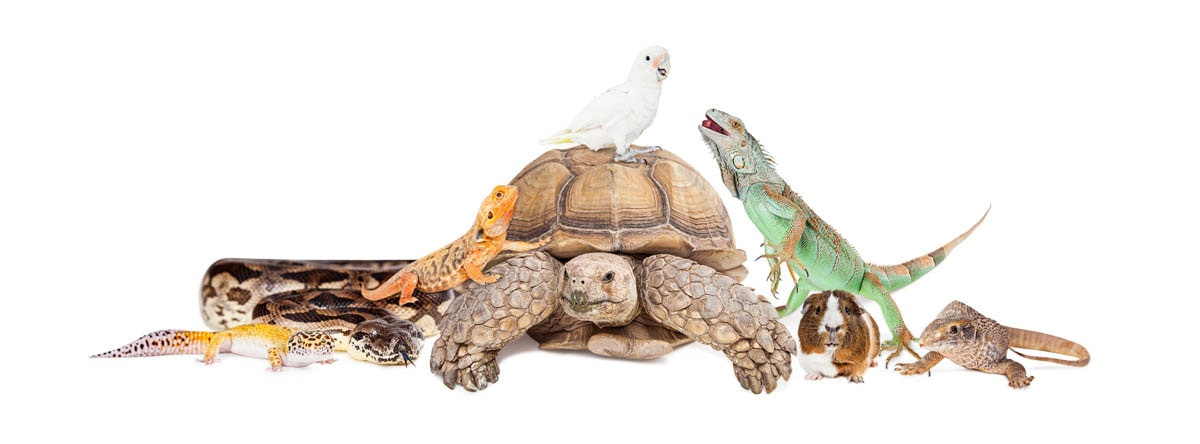Reptile Pets (Dragons, Snakes, Turtles): Which Countries Allow Entry?

Keeping exotic pets such as bearded dragons, snakes, and turtles has become increasingly popular worldwide. However, bringing these reptiles across international borders is not as simple as traveling with cats or dogs. Every country has its own rules, and many of them follow the CITES (Convention on International Trade in Endangered Species of Wild Fauna and Flora) framework.
If you are planning to travel or relocate with your reptile pet, understanding which countries allow entry—and under what conditions—is essential.
1. General Requirements for Traveling with Reptiles
-
CITES permits: If your reptile species is listed, you must obtain export and import permits.
-
Health certificates: Issued by veterinary authorities in the country of origin.
-
IATA-compliant carriers: Reptiles must be transported in special containers approved by the International Air Transport Association.
-
Customs declaration: All reptiles must be declared at entry to avoid confiscation or penalties.
2. Countries That Commonly Allow Reptile Imports
🇺🇸 United States
-
Permits some species of snakes, lizards, and turtles.
-
Restrictions on turtles under 4 inches and venomous reptiles.
-
Requires permits from the U.S. Fish and Wildlife Service.
🇨🇦 Canada
-
Allows popular reptile pets such as bearded dragons, non-venomous snakes, and turtles.
-
CITES permits are required if the species is protected.
-
Veterinary inspection at entry may apply.
🇪🇺 European Union
-
Generally open to importing non-venomous reptiles.
-
Paperwork must include CITES documentation and a veterinary health certificate.
-
Countries like Germany, the Netherlands, and France have active reptile communities.
🇯🇵 Japan & 🇰🇷 South Korea
-
Allow limited reptile imports such as turtles and lizards.
-
Require strict quarantine and CITES documentation.
-
Snakes may be restricted depending on species.
3. Countries with Strict or Prohibited Entry
-
Australia & New Zealand: Extremely strict. Almost all foreign reptiles are prohibited to protect local ecosystems.
-
Singapore & Malaysia: Permit only registered or approved species; imports require prior approval.
-
Middle Eastern countries: Rules vary, but most require special permits and veterinary clearance.
4. Tips for Traveling with Reptile Pets
-
Contact the airline in advance to confirm they accept reptile cargo.
-
Double-check the import regulations of your destination.
-
Prepare all legal paperwork (CITES, veterinary certificates, customs forms) ahead of time.
-
Use a safe, IATA-approved container with proper ventilation.
5. Professional Support for International Reptile Transport
Moving reptiles internationally can be complicated. At IndochinaPost Logistics, we offer:
-
Guidance on CITES permits and animal health certificates.
-
Assistance with airline and customs procedures.
-
Supply of IATA-standard reptile carriers.
-
Safe, legal, and stress-free international transport for your reptile pets.
Conclusion
Whether it’s a bearded dragon, turtle, or snake, international relocation with reptiles requires careful planning and compliance with each country’s rules. Some nations welcome reptile pets with proper documentation, while others impose strict bans. Always check regulations before traveling—and work with experienced logistics providers to ensure your reptile’s safety.
xem thêm:
How to Help Your Pet Feel Less Scared During Bath Time
Dịch Vụ Vận Chuyển Thú Cưng Nội Địa Và Quốc Tế

